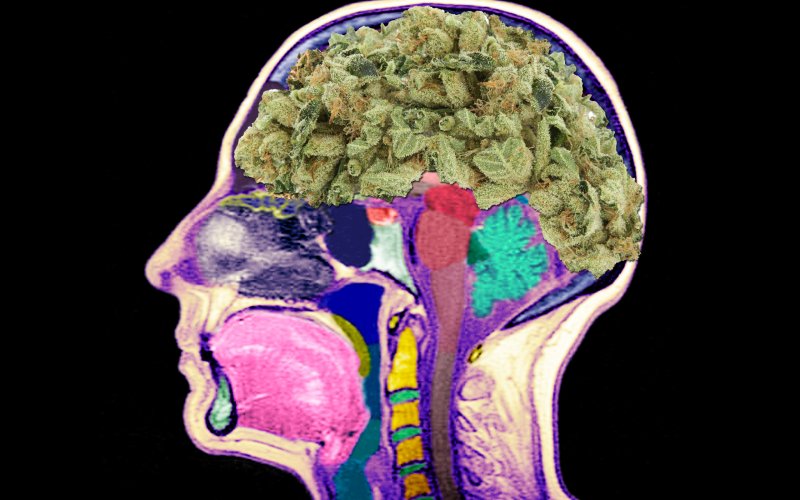According to a new study, smoking high-potency skunk-like cannabis can significantly damage white matter, which is responsible for connecting different areas of the brain.
The team explored the impact of cannabis potency in inducing psychosis. They used an MRI technique to look at the white matter of 99 people, 56 of which had reported a first psychotic episode. They found that white matter damage was significantly greater among heavy users of high-potency cannabis compared to occasional or low-potency users.
Dr. Paola Dazzan, reader in neurobiology of psychosis from the Institute of Psychiatry, Psychology & Neuroscience (IoPPN) at King’s College London, and senior researcher on the study, said in a statement: “We found that frequent use of high potency cannabis significantly affects the structure of white matter fibres in the brain, whether you have psychosis or not. This reflects a sliding scale where the more cannabis you smoke and the higher the potency, the worse the damage will be.”
White matter is made of large bundles of nerve cells called axons, which connect the grey matter in different regions of the brain, enabling fast communication between them. The corpus callosum, a band of nerve fibers that connect the left and right hemispheres, is the largest white matter structure within the brain. The corpus callosum is rich in cannabinoid receptors that are affected by the tetrahydrocannabinol (THC) in cannabis.
In the last few decades, many strains of skunk weed have been grown around the world. The strains have been selected to contain a higher proportion of THC, a molecule that was shown to increase the risk of a psychotic disorder. Skunk is the most diffuse illegal drug in many countries; in the U.K., for example, it is virtually impossible to buy any other type of cannabis.
“There is an urgent need to educate health professionals, the public and policymakers about the risks involved with cannabis use,” Dr. Dazzan added.
“When assessing cannabis use it is extremely important to gather information on how often and what type of cannabis is being used. These details can help quantify the risk of mental health problems and increase awareness on the type of damage these substances can do to the brain.”
The study was published in the journal Psychological Medicine.
Credits: IFLS.









